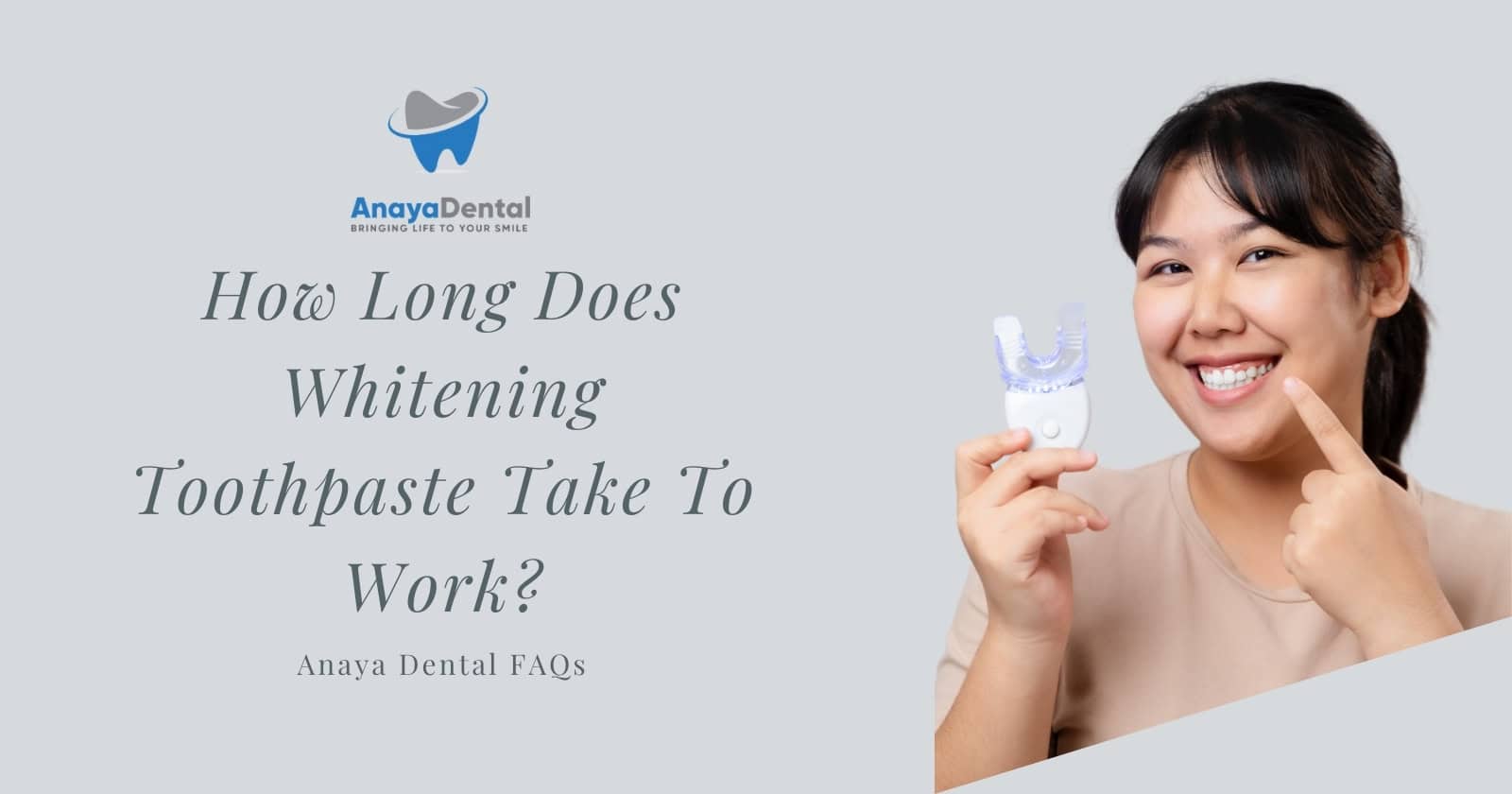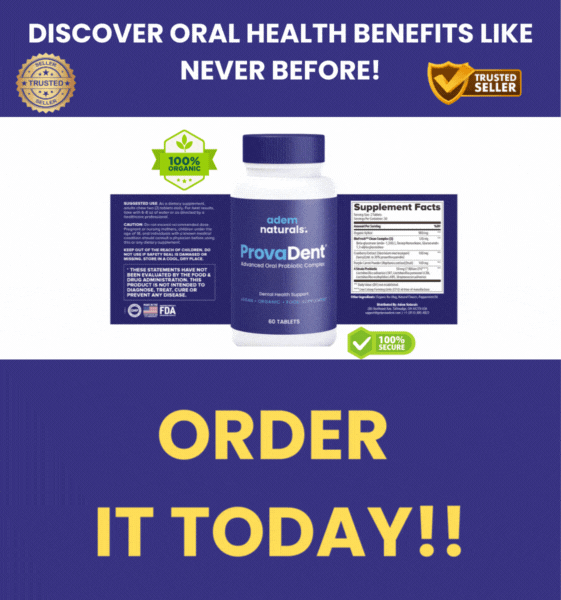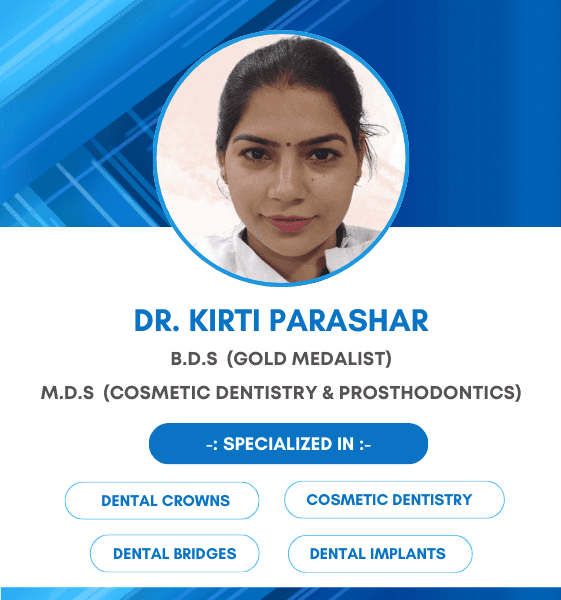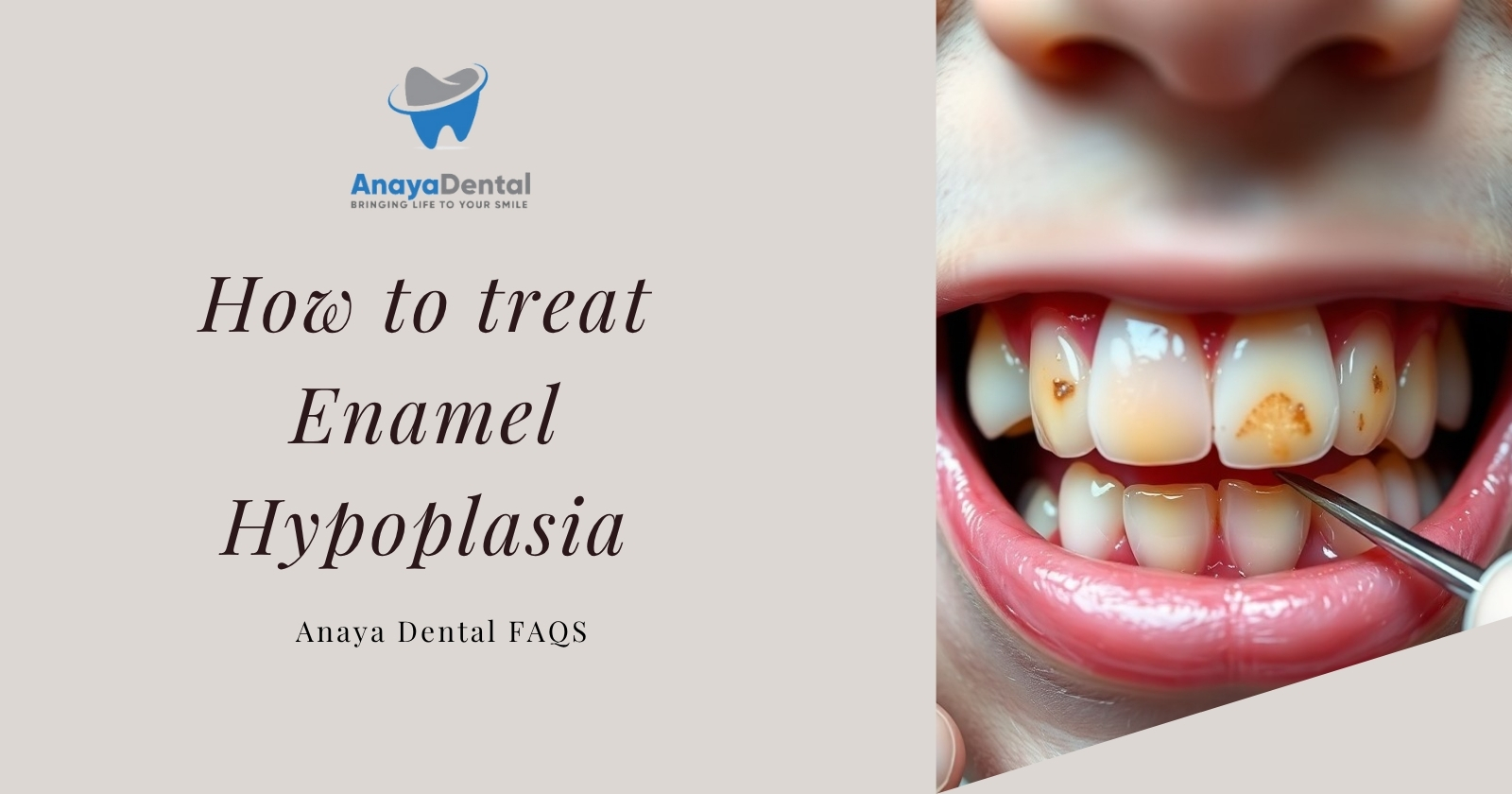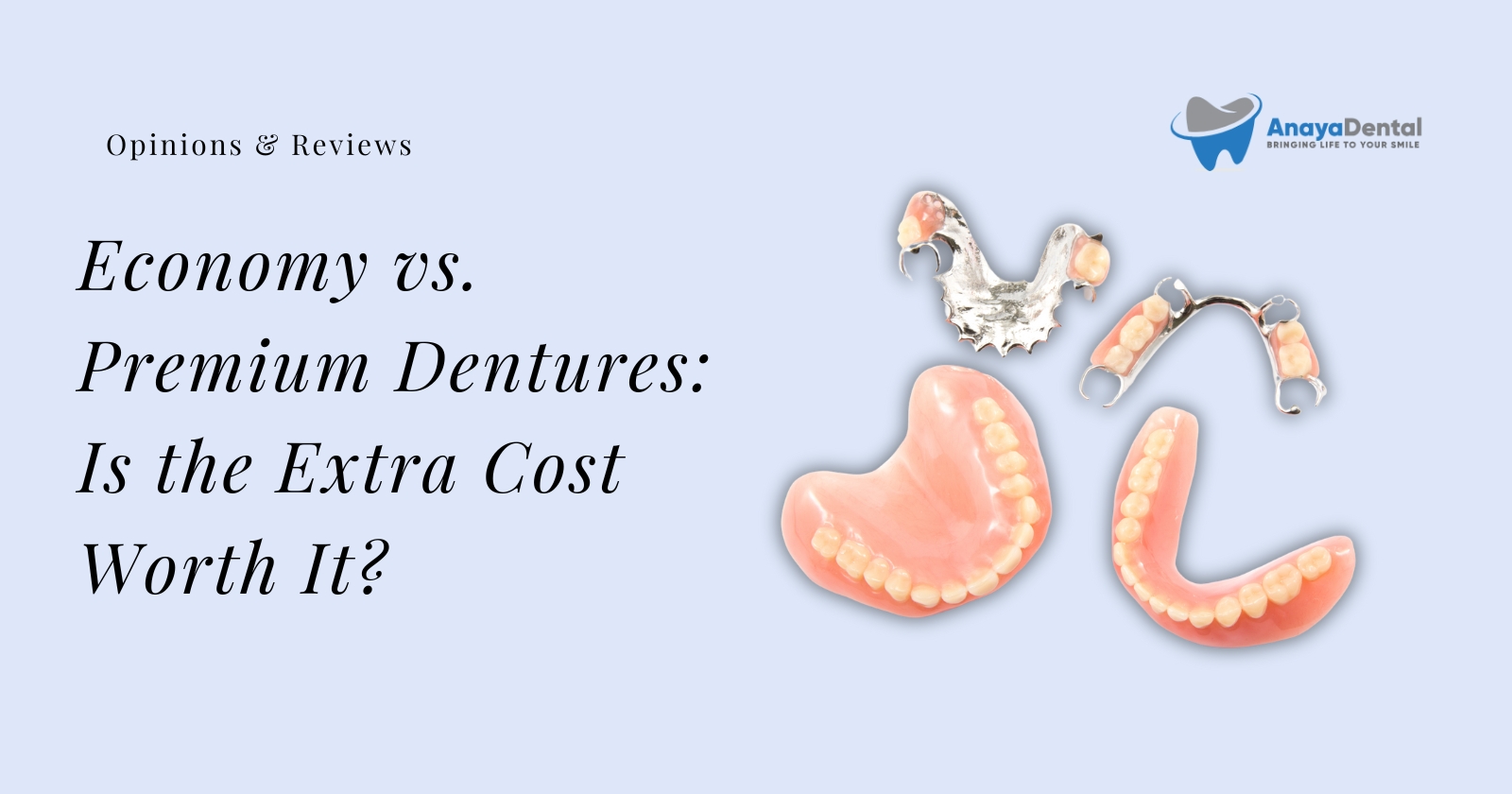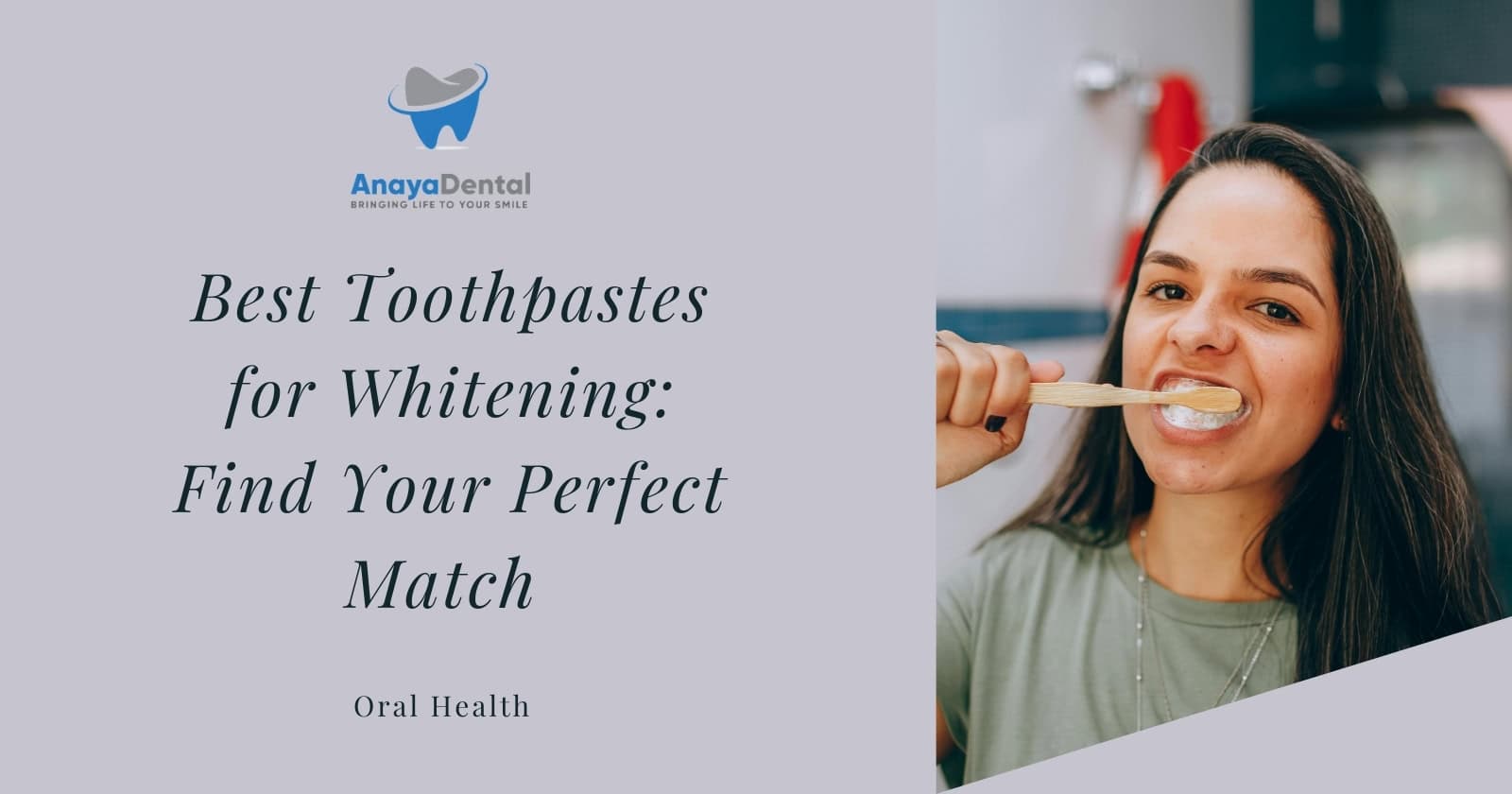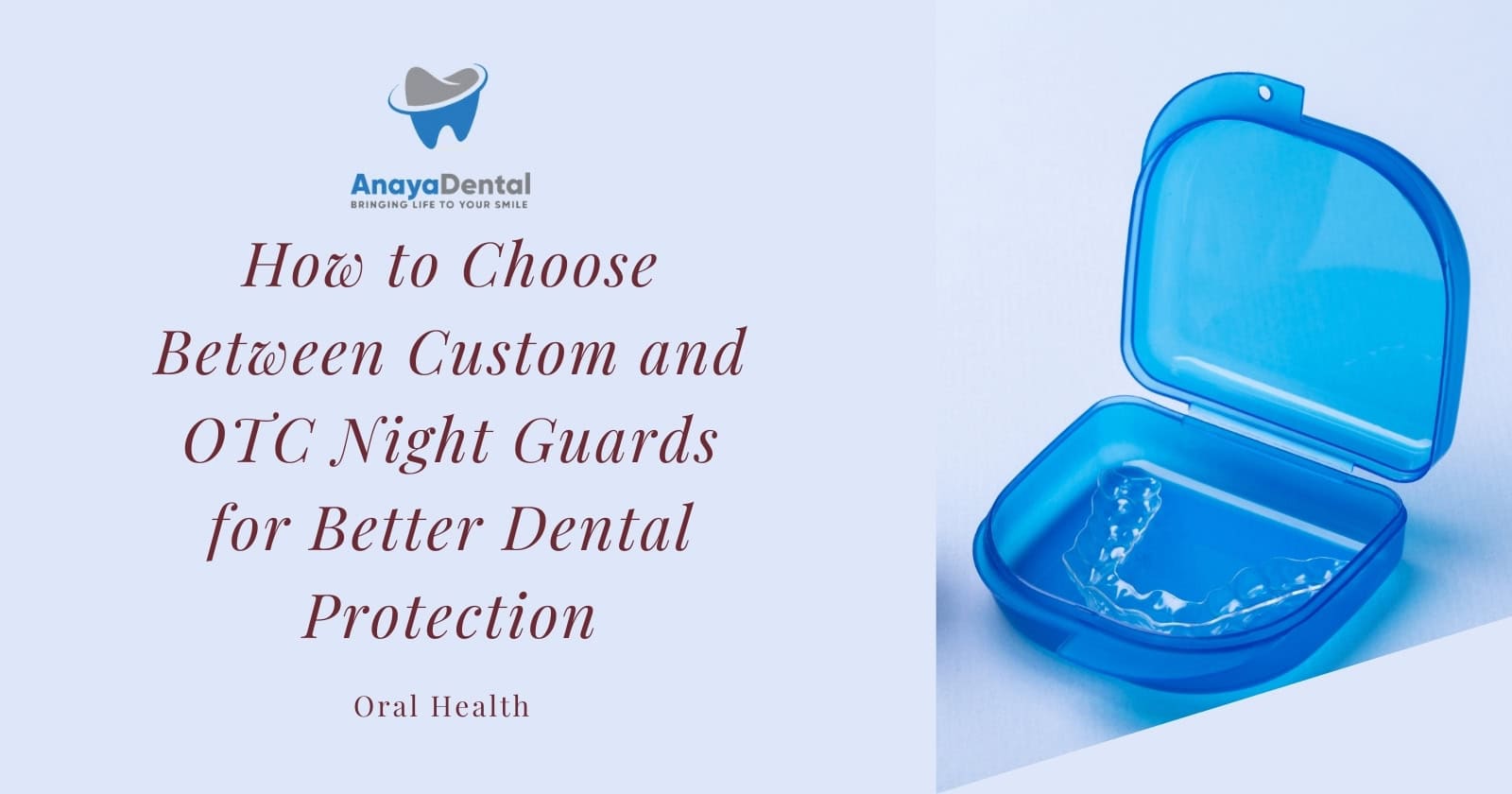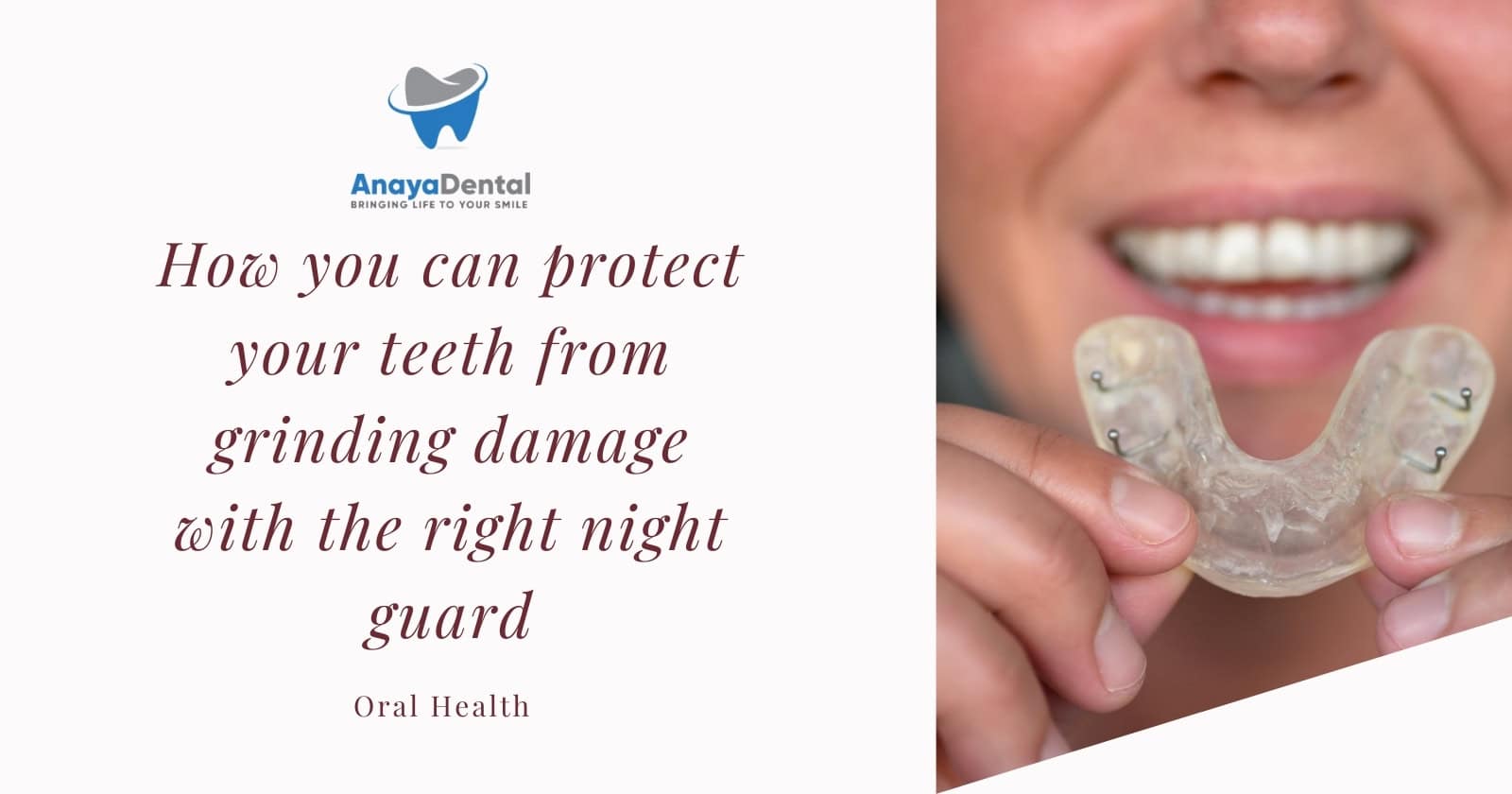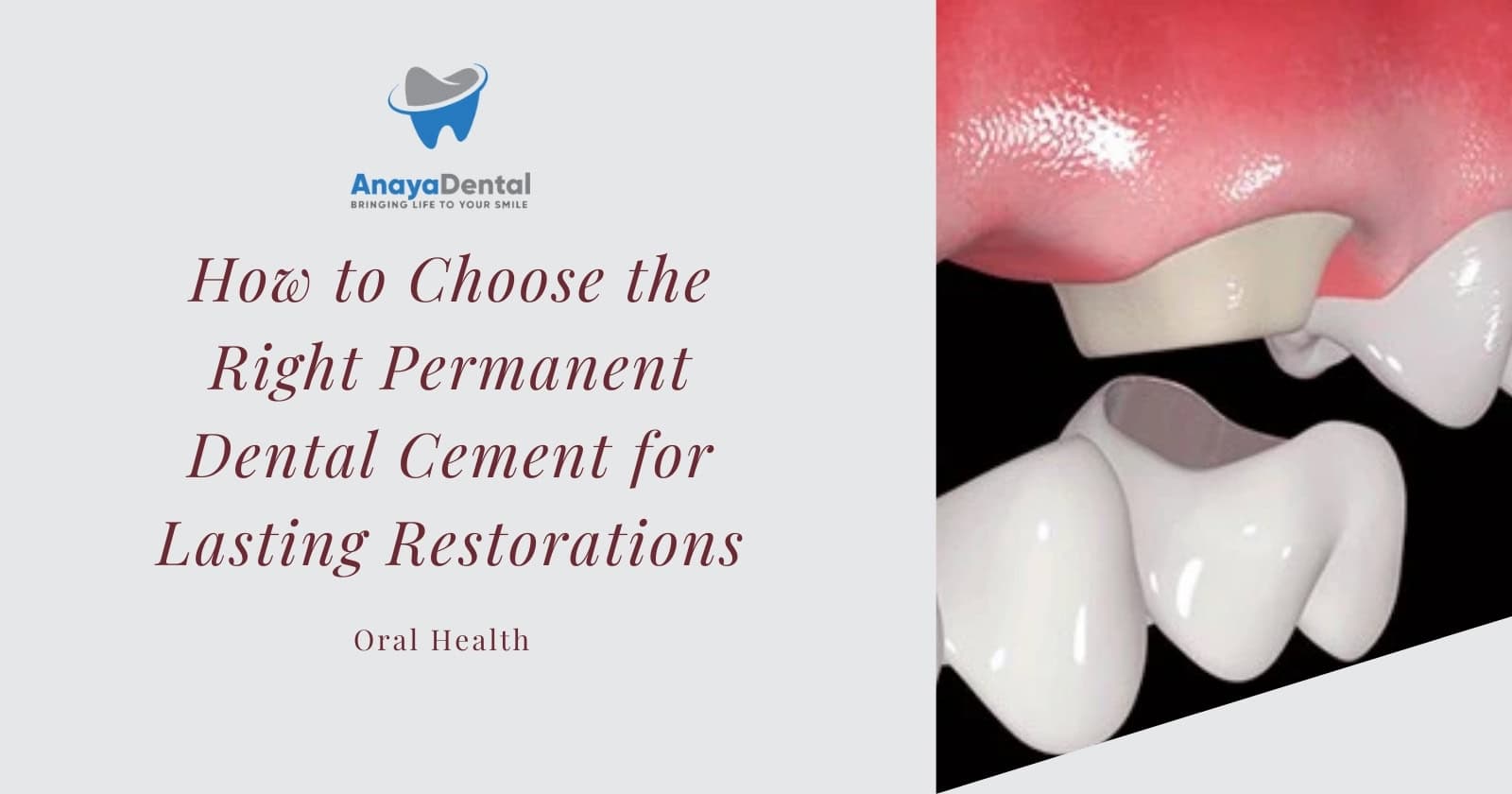Are you hoping for a brighter smile but wondering if that tube of whitening toothpaste in your bathroom is actually doing anything? You’re not alone! Many people expect overnight results but end up disappointed when their teeth don’t instantly transform. The truth is, whitening toothpaste typically requires 2-6 weeks of consistent use to show noticeable results.
Let’s break down exactly what you can expect week by week, how these products actually work, and how to get the most from your whitening routine.
The Science Behind Whitening Toothpaste: How It Transforms Your Smile
Before we dive into timelines, it helps to understand what’s actually happening when you brush with whitening toothpaste. Unlike professional treatments, most over-the-counter options work through a combination of three main approaches:
Try Our Dental Calculators
1. Chemical Bleaching Agents: The Deep Cleaners
The most effective whitening toothpastes contain peroxide-based ingredients (typically hydrogen peroxide or carbamide peroxide) in concentrations between 0.5% and 1.5%. These compounds break down the molecules causing stains through oxidation reactions, working not just on the surface but penetrating into both enamel and dentin layers. Brands like SNOW use stabilized hydrogen peroxide formulations that maintain their effectiveness while minimizing sensitivity.
2. Physical Abrasion Systems: The Surface Polishers
Many whitening toothpastes use fine particles like silica, calcium carbonate, or perlite to physically scrub away surface stains. Independent testing found that perlite-containing formulas removed up to 63% of extrinsic stains within just three weeks through this mechanical action. However, it’s worth noting that these abrasives come with tradeoffs – potential increased surface roughness and enamel microhardness reductions with prolonged use. This is why dentists often recommend limiting use of highly abrasive options.
3. Optical Enhancement Technologies: The Instant Brighteners
Some innovative formulations include ingredients like blue covarine or titanium dioxide nanoparticles that create an immediate optical illusion of whiter teeth. These particles deposit on your enamel and scatter light in a way that makes your teeth appear brighter right away – even though no actual whitening has occurred yet. Think of it as an Instagram filter for your smile!
Your Week-by-Week Whitening Timeline: What to Expect
Now that you understand the mechanics, let’s talk about what you’ll actually see happening to your smile over time when using whitening toothpaste consistently:
Weeks 1-2: The Surface Brightening Phase
During your first two weeks, most of what you’ll notice is surface stain reduction from the abrasive components. Clinical studies show measurable improvements during this period, but they’re relatively modest – you’ll likely notice your teeth look “cleaner” or “shinier” rather than dramatically whiter.
What’s happening: The abrasives are polishing away the outer layer of stains, while any optical brighteners are creating an immediate (but temporary) boost in brightness. About 74% of users report noticing increased “enamel reflectivity” by day 14, according to consumer panel testing reported in Glamour.
Pro tip: Be consistent! Brush twice daily for the full two minutes each time, and try to wait 30 seconds before rinsing to give the active ingredients more contact time.
Weeks 3-4: The Chemical Action Phase
This is when things get interesting! By the third and fourth weeks, any peroxide-based ingredients have had enough time to start making more significant changes. The oxidative effects become more apparent, particularly in hard-to-reach areas like between teeth and in natural grooves.
What’s happening: Hydrogen peroxide equivalents have penetrated deeper into your enamel and even into dentin by this point, working on more stubborn discoloration. Research shows that about 68% of users report satisfaction with color improvements during this phase.
Pro tip: Minimize dark beverages like coffee, tea, and red wine during this period to maximize results. Consider using a straw when you do indulge.
Weeks 5-6: The Stabilization Phase
By this point, you’ve reached what dentists call the “maturation phase” – you’ll see the maximum results that your particular whitening toothpaste can achieve. Long-term studies show that peroxide-containing formulas typically plateau around this time, with noticeably better results than abrasive-only options.
What’s happening: Your teeth have reached their new baseline color, which should be 1-2 shades lighter on the dental shade guide for quality peroxide-containing products.
Pro tip: Take a “before and after” photo in the same lighting to appreciate the gradual changes that might be difficult to notice day by day.
Why Your Results Might Vary: Personal Factors That Affect Whitening
Not seeing the results you expected? Your unique dental topography plays a huge role in how whitening products work:
Your Enamel Condition Matters
If you have naturally pitted or hypomineralized enamel, whitening agents can penetrate more quickly – potentially accelerating results but also increasing sensitivity. Micro-CT analysis reveals that peroxide penetrates 22% deeper in enamel with fluorosis compared to healthy enamel.
Your Diet and Habits Are Crucial
That morning coffee habit? It could be undoing your whitening efforts. Research from Ivory Dental Studio indicates that smoking and dietary chromogens (staining compounds in food and drink) can reduce whitening gains by 0.5 shade units per week without changes to your consumption habits.
Your Brushing Technique Makes a Difference
Consistency isn’t just about brushing twice daily – it’s about technique too. Rushing through your brushing routine reduces contact time with active ingredients, and rinsing immediately after brushing can wash away up to 17% of the peroxide before it has time to work.
Maintaining Your Whiter Smile: The Long-Term Strategy
Once you’ve achieved your desired level of whitening, how do you keep it? Experts from Mouth.co.uk recommend a cyclical approach:
- Use your whitening toothpaste for 5 consecutive days each month
- Switch to a regular fluoride toothpaste for the remainder of the month
- Consider a nightly application of fluoride varnish, which can reduce stain accumulation by up to 37%
This approach helps maintain your results while minimizing potential enamel damage from continuous use of abrasives.
Safety First: When to Take a Break from Whitening
While the pursuit of a brighter smile is understandable, it shouldn’t come at the cost of your oral health. Here are some warning signs that you should take a break:
Watch for Increased Sensitivity
If you’re experiencing sharp pains with hot or cold foods and drinks, your dentinal tubules may be exposed. Research shows patients with exposed dentin experience whitening 40% faster but with 3.2× higher cold sensitivity.
Check for Gum Irritation
Some whitening toothpastes contain sodium lauryl sulfate, which correlates with a 22% incidence of desquamative gingivitis (sloughing of gum tissue) when used more than twice daily. If your gums look red or feel irritated, consider switching to a gentler formula.
Mind Your Restorations
If you have composite fillings, veneers, or crowns, be aware that whitening toothpastes can create uneven results – your natural teeth may whiten while your restorations remain the same color. Additionally, silica-based formulas can accelerate wear near composite margins at rates of 19-28μm per year.
The Bottom Line: Patience and Consistency Win the Whitening Game
When it comes to whitening toothpaste, managing your expectations is key. These products offer a gradual, moderate improvement in tooth color – not the dramatic transformation you might see with professional treatments. However, with consistent use over 2-6 weeks, you can achieve a noticeably brighter smile without the cost or sensitivity associated with higher-concentration products.
Remember, the most successful whitening routine is one that prioritizes your oral health while enhancing your smile’s appearance. When in doubt, consult your dentist about the best approach for your unique dental situation.
Have you tried whitening toothpaste? What results did you see and how long did it take? Share your experience in the comments below!
